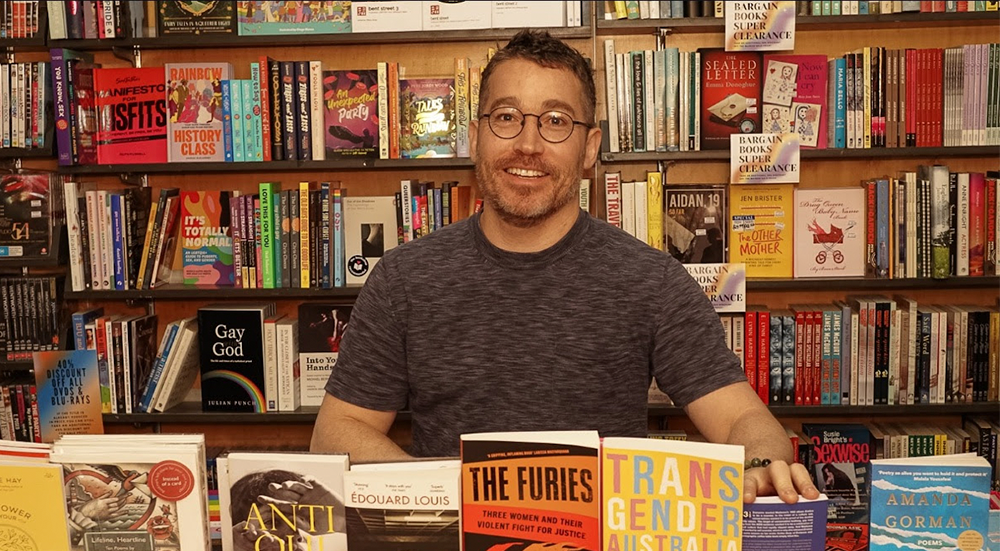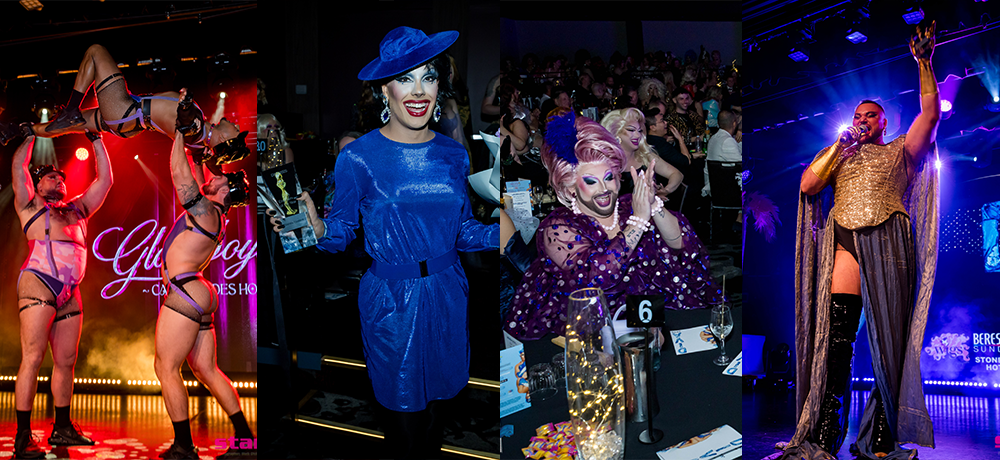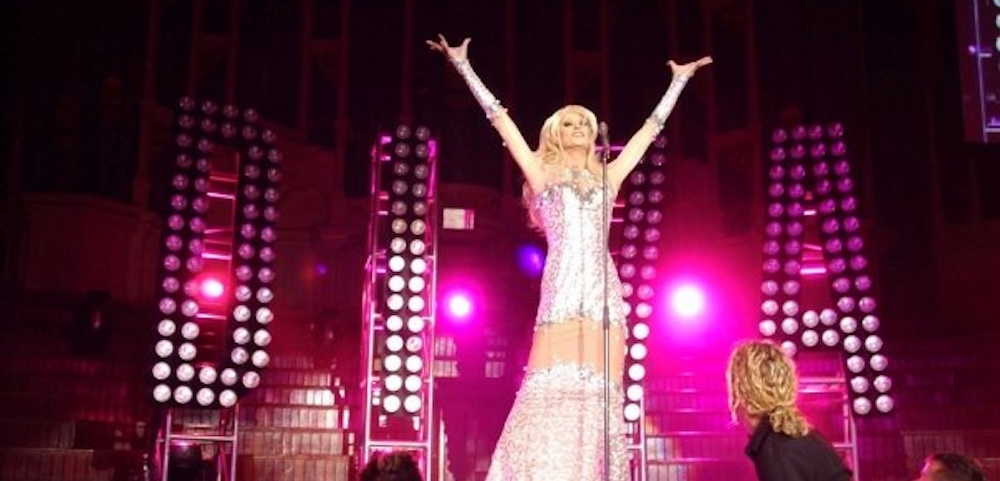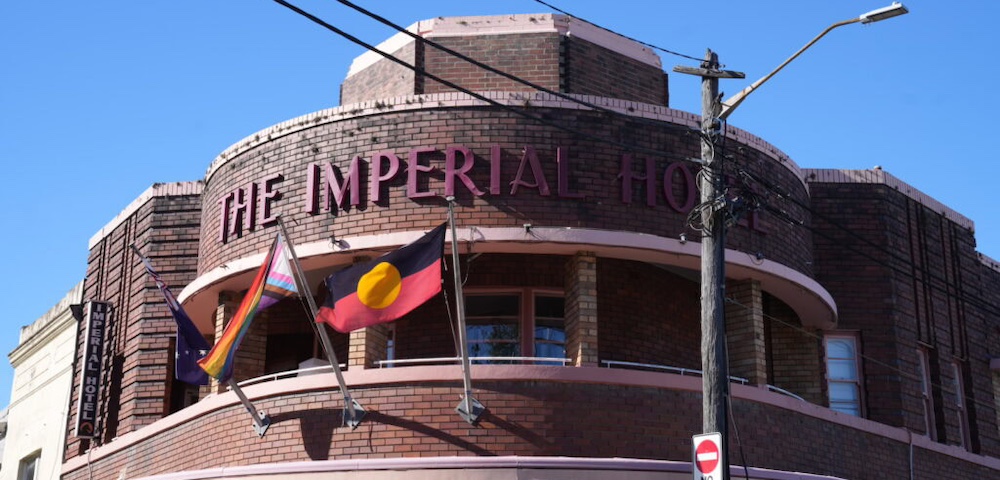
Master of the image
As a child I was taken to the theatre a lot, and loved it. I grew up in Newcastle and every year, when we came to Sydney to visit, I would be taken to a children’s show. I always loved the evil characters like witches and dragons as they were the most interesting. Even then, I had this very secret dream that I would love to run a theatre for children. That was in the late 1950s, and there was more theatre for children then than there is now.
I loved the illusion of going into a dark space, the lights coming up on the stage and it was all right there in front of you, and then you would go away afterwards and think about what you had seen. I would go home and try to reproduce it all in miniature. So pegs would be taken off the washing line to make people, and the coloured papers out of the chocolate boxes would be used to make costumes. These days, I don’t use pegs, I use real people.
My family left Newcastle when I was 11 and we moved to Sydney, and I got into drawing and painting at school. I had decided in my teen years that I was going to go to NIDA to study design for theatre.
When I came out of my study, I designed for a number of theatre companies and at age 21 I was resident designer for the Melbourne Theatre Company. I then went off overseas as I felt I was too unformed. I got accepted into the English National Opera School in London, and that was terrific as that was a rites of passage thing in terms of discovering myself. It was then I decided I wanted to direct my own vision of what I wanted to do on stage.
I returned to Australia, and a turning point came when Neil Armfield and I were appointed artistic directors of the Nimrod in about 1983. We were very young, but it gave me the first opportunity to direct and design a piece called Slice.
At the time, inter-disciplinary, multi-media works were uncommon. For me, the great challenge was to communicate with actors what was going on in my head. I remember some people being much more experienced than me, and they would say they had never worked like this before. It was unknown territory. But for me, it lessened my fears and I realised I could do this.
I worked with a number of companies overseas and when I returned to Australia, I decided to form a board with nothing -“ no money or anything. But I had some great supporters, and we set up the Theatre of Image in 1989. We have done nine productions since. Our first was Kate And Peter: A Road Story For Cats.
I had never focused on children’s theatre, but I figured there was no mainstream theatre for children, and our kind of work was fantastical. We found with children and families, you do need more text, just to increase the understanding and thread it all together.
I remember a woman coming to see one my shows and she had a small child with her. She said to the child, You may not understand everything here, as they don’t tell you everything, but they suggest. And we do tell the stories through the images, which can be a combination of music, sound and pictures.
Go Pinocchio Go was a rites of passage story. It had a moral tale and was contemporary and it was very successful at the box office. In October 2005, we did Stella And The Moon Man.
Then I had a phone call from Tokyo asking me to discuss a collaboration with the Kageboushi Theatre Company. I read the book Lulie The Iceberg by Princess Hisako of Takamado from Japan, and it is beautiful, but I knew it would take a lot of work to bring it to life on stage. The theme raised the issues of global warming and protecting the environment, as it tells of an epic journey from the Artic to the Antarctic.
I knew it was something I could do something with, so in November I went to Tokyo to meet the princess. She is a great advocate for the environment, children and the arts. She spent 50 minutes with us, and she had lots of questions about our script and designs. She was incredibly sharp and so very impressive.
The show is now about to make its world premiere, and that is always an exciting time. We are not scientists, we are artists, and the last thing we want to do is a piece that is preachy as it will be boring. But this is a tender beautiful piece, and has a lot of humour. The most important thing with theatre is to be moved and changed in some way, no matter what age you are.
Audiences for family theatre are changing, as the conservative, conventional family is obviously changing. Children have so much on offer and so this is a special experience. For gay people, theatre is very much of their culture, and it is only natural they want to pass that on to their next generation, be they children or nephews and nieces and friends.
Interview by John Burfitt
Lulie The Iceberg plays until 19 March at the Sydney Theatre. Bookings on 9250 1777.








